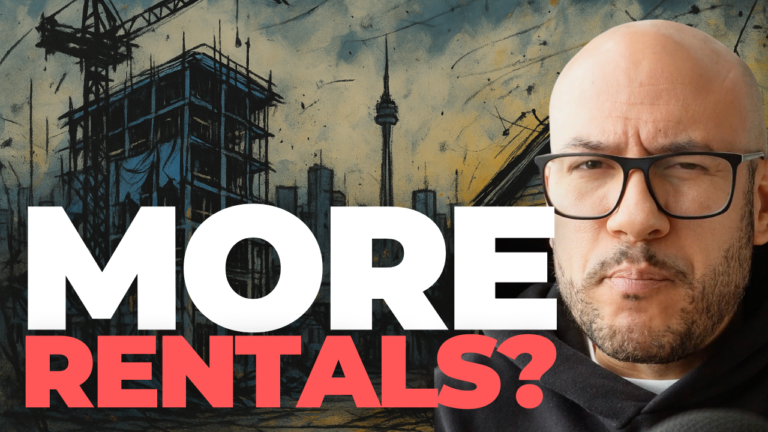Canada’s housing market has become a significant challenge for many. Prices are soaring, and the dream of homeownership feels increasingly out of reach. Recently, the Trudeau government announced a plan to unlock public land to address this crisis. But will this plan really make a difference, or is it just another political promise?
In this post, we’ll break down the key elements of the government’s strategy, explore its potential impact on housing affordability, and look at similar initiatives from around the world.
What Is the Land Unlocking Plan?
The Liberal government’s plan involves making underutilized public land available for housing development. The idea is simple: more land means more homes, and more homes should lead to lower prices. This approach is presented as a crucial step toward making homes more affordable, especially in high-demand urban areas like Toronto and Vancouver.
However, the success of this plan will depend on several factors. These include how quickly the land can be developed, the cost of development, and whether these new homes will be affordable for the average Canadian buyer.
How Land Value Affects Housing Costs
One core issue driving Canada’s housing crisis is the rising cost of land. Unlike buildings, which lose value over time, land tends to appreciate, especially in urban areas. This situation leads to high property values, even as buildings age and depreciate.
By unlocking public land, the government hopes to increase the supply of available land, which could help stabilize or reduce land prices. But will this be enough to lower the overall cost of housing? That’s the big question.
Challenges and Considerations
While the land unlocking plan sounds promising, it’s not without challenges. One major concern is the need for proper infrastructure to support new developments. In cities like Toronto, where public transit and road networks are already strained, adding more housing without improving infrastructure could lead to more congestion and a lower quality of life.
The federal government must collaborate closely with municipal and provincial governments to ensure these new developments are well-planned and connected to essential services. Otherwise, there’s a risk of creating more car-dependent communities that contribute to urban sprawl rather than solving the housing crisis.
Lessons from Around the World
Other countries have tried similar initiatives with varying success. In Berlin, Germany, upzoning policies have allowed for higher-density housing, making better use of limited space. The UK’s “Public Land for Housing” program has released surplus public land to developers, speeding up new home construction in high-demand areas.
China’s approach focuses on compact, high-density developments around transit hubs. This reduces urban sprawl and improves access to public transport. These examples show that with the right strategy and collaboration, unlocking land can help address housing affordability—but it’s not a guaranteed solution.
Conclusion
Canada’s land unlocking plan has the potential to impact the housing crisis, but its success will depend on careful planning, collaboration across all government levels, and a commitment to creating sustainable communities. As with any major policy initiative, the details will determine its effectiveness.
For more insights into Canada’s housing market, watch our full video on this topic. If you have questions or want to discuss further, reach out to me at [email protected].


